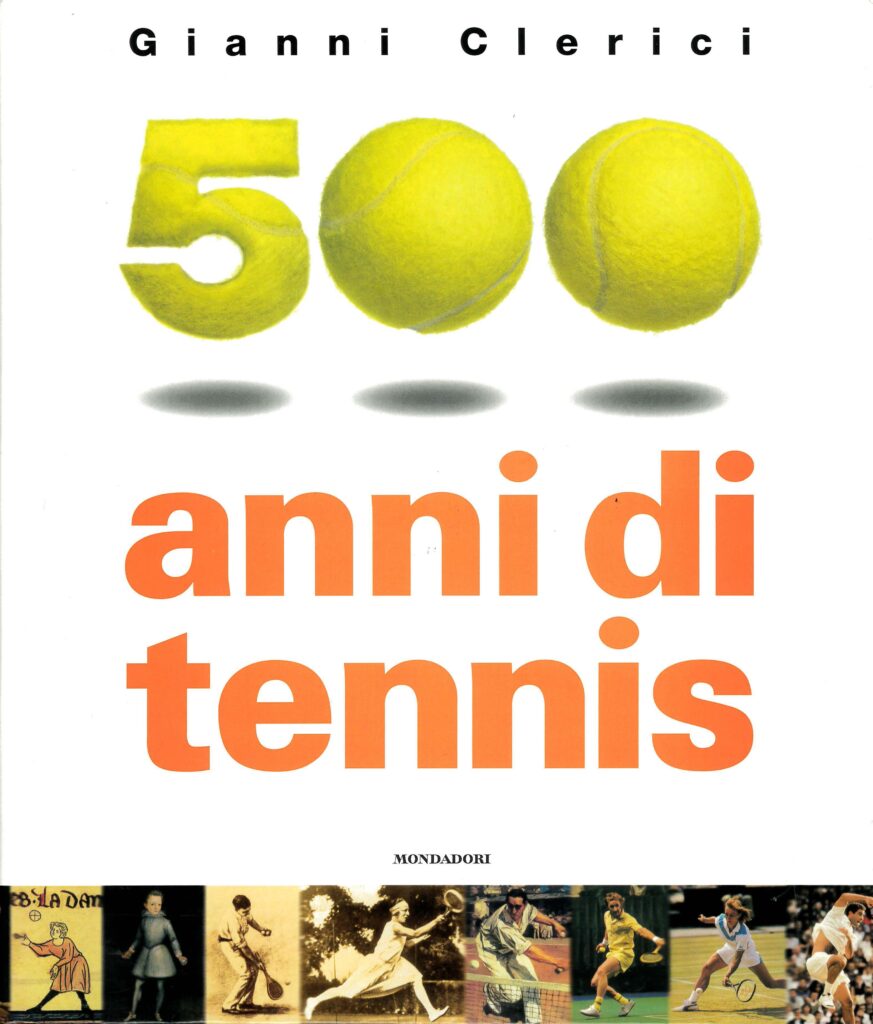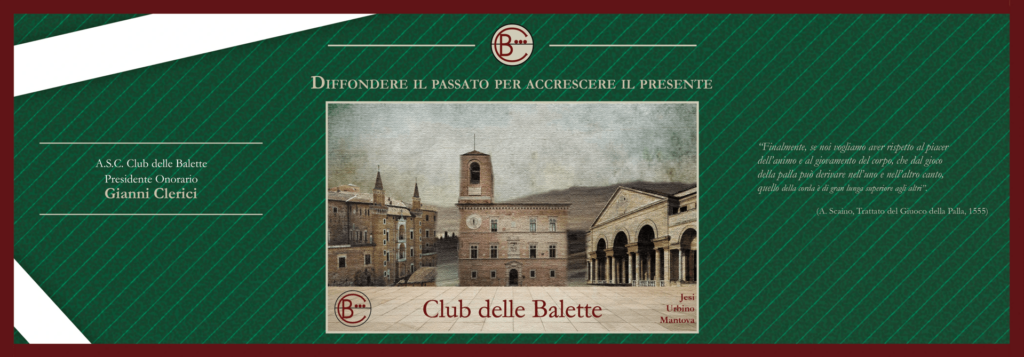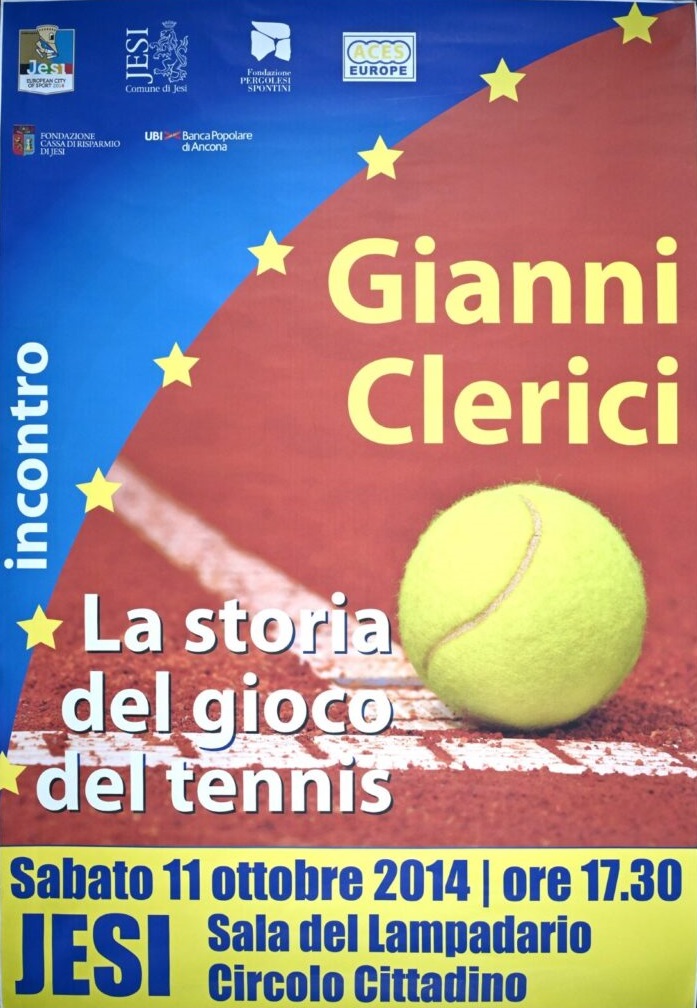To Antonio Scaino da Salò

Ah! How cool our hearts are beneath our white shirts!
Louis Codet
Encyclopedic knowledge

The history of tennis has always held an irresistible fascination for a great enthusiast like Gianni Clerici, who has investigated it in depth, studying sources and consulting with experts in the field and professionals. This systematic approach is already evident in his newspaper articles: when, for example, he writes about the tennis circuit and its players, every idea he puts forward is accompanied by references to his own and others’ personal experiences and backed up by general and systemic reflections. In short, Clerici’s method is perfect for anyone who wants to write a universal history of tennis. His historical interest in this sport, or rather ‘game’, was further fueled by one book in particular: Trattato del giuoco della palla by Messer Antonio Scaino da Salò (Treatise on the Game of Ball), almost unanimously considered the oldest essay on the history of tennis. The work, of which the Viganò Library preserves a valuable copy, was the starting point for the compilation of Gianni Clerici’s masterpiece, 500 Years of Tennis, which many consider to be the true ‘Bible’ of the sector: ‘I had read Scaino […], the first book on the history of tennis, dating back to 1555 and a fundamental text. To Scaino himself, my illustrious predecessor, great Thomist philosopher, advisor to the Pope and, nevertheless, a layman, I felt it was my duty to dedicate my book (Il cantastorie instancabile, p. 94). Written in the 1960s, while Clerici was working as ‘deputy deputy correspondent’ in London for Il Giorno and was a regular visitor to the British Museum, the book was published in 1974 by Mondadori and, over the years, has been reprinted and updated several times, as well as translated in the US, Great Britain, France, Germany, Spain, and Japan.

An exclusive club
As mentioned, Clerici’s studies have focused for years on the origins of tennis and its ancestors. One of these, the late medieval ‘pallacorda’, has been identified as the direct ancestor of modern tennis, due to similarities in equipment and rules. It was very popular in Renaissance Italy, as evidenced by Scaino’s treatise, who played it at the Este court in Ferrara. pallacorda was played using small padded and sewn leather balls, which were initially hit with the palm of the hand (hence the French name jeu de paume) and then, over the years, with the aid of bracelets, sticks, and finally rackets. During the last century, some of these leather balls were found in Italy, prompting studies and research to reconstruct their history. The first discovery dates back to 1936 when, during the restoration of the well at the Palazzo della Signoria in Jesi, nine mysterious balls were unearthed. In 1989, in Mantua, during some work on Palazzo Te, three unknown balls were found among the debris of an attic; in 2006, the restoration of the Basilica Palatina di Santa Barbara led to the discovery of three other very well-preserved finds, including one decorated with floral motifs. Urbino is also home to a number of finds, one of which is in the warehouses of the National Gallery of the Marche. However, the turning point came in 2013, when Gianni Clerici published a newspaper article linking the Mantua balls to the so-called ‘balette’ used during the Renaissance. This insight provided the inspiration to link the finds from Jesi and Urbino to the issue, thus creating a real serial site linked to pallacorda. In 2014, Clerici took part in the conference ‘The history of tennis’ in Jesi, during which he called for the creation of a club that could study the origins of ball games in Italy and promote their history. five years later, in 2019, this wish came true with the establishment in Jesi of the Club delle Balette, a cultural association of which Gianni Clerici was elected honorary president.



